- Gestión de Procesos de Negocio (BPM)Sistema de Gestión de Documentos (SGD)Sistema electrónico de gestión de la calidad (SGC)Riesgo, Gobernanza y Cumplimiento (GRC)Desarrollo rápido de aplicaciones de bajo código (LC)Gestión de la Continuidad de Negocio (BCM)Arquitectura Empresarial (EA)Gestión de Procesos de Negocio (BPM)
- Visión general de la gestión de procesos negocio
- Análisis, generación, análisis y mejora de procesos de IA
- Mapeo / Modelado de Procesos
- Análisis y mejora de procesos
- Simulación de procesos
- Minería de procesos
- Colaboración y gobernanza
- Data Migración e integración
- Aplicación offline de Interfacing
 Sistema de Gestión de Documentos (SGD)
Sistema de Gestión de Documentos (SGD)- Visión general del control de documentos
- Creación y mejora de contenidos de IA
- Gestión de políticas y procedimientos (PNT)
- Colaboración y gobernanza
- Data Migración e integración
- Aplicación offline de Interfacing
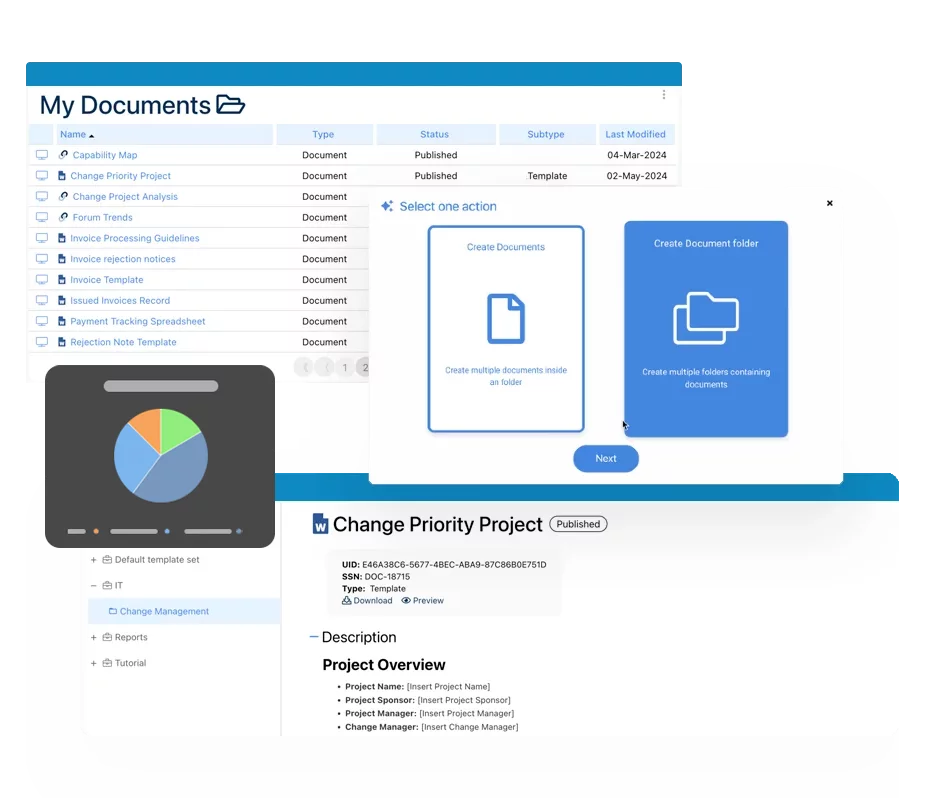 Sistema electrónico de gestión de la calidad (SGC)
Sistema electrónico de gestión de la calidad (SGC)- Visión general del sistema de gestión de la calidad
- Control de Documentos y gestión de Registros
- Gestión de Auditoría y Acreditación
- Acción correctiva y preventiva
- Evento de calidad (No conforme/Quejas, Conformidad)
- Gestión de riesgos
- Gestión de incidentes
- Salud y seguridad medioambiental
- Gestión de productos y proveedores (SCAR)
- Gestión de la formación
- Gestión del Control
- Gestión de elementos de acción
- Revisión de la gestión
- FMEA
- Farmacovigilancia
- Data Migración e integración
 Riesgo, Gobernanza y Cumplimiento (GRC)
Riesgo, Gobernanza y Cumplimiento (GRC)- Visión general de Riesgo, Gobernanza y Cumplimiento
- Gestión de riesgos y control
- Cumplimiento de la normativa
- Colaboración y gobernanza
- Data Migración e integración
- Aplicación offline de Interfacing
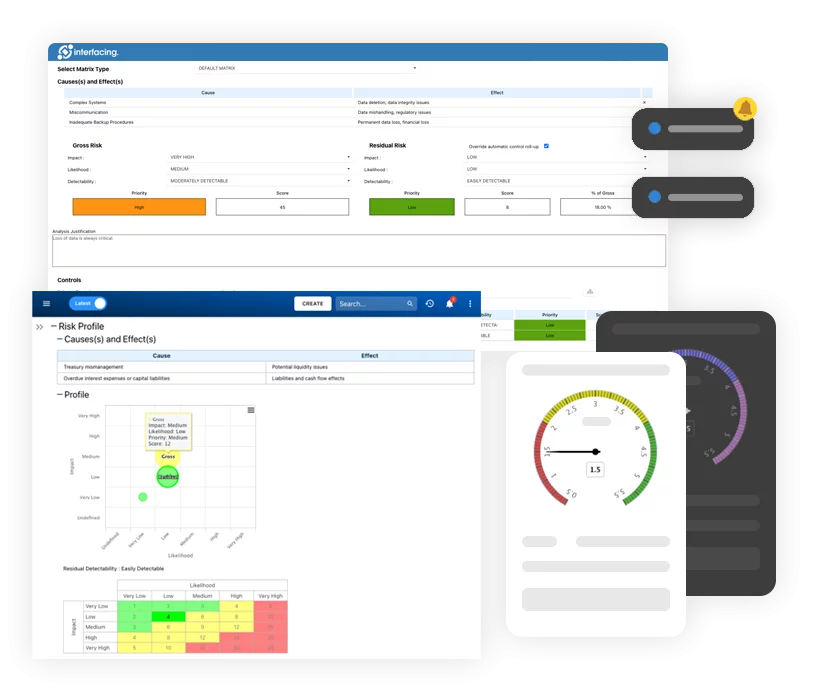 Desarrollo rápido de aplicaciones de bajo código (LC)
Desarrollo rápido de aplicaciones de bajo código (LC)- Visión general de la plataforma de automatización Low Code
- Diseño de formularios web electrónicos (eFORMS)
- Visión general de la plataforma de automatización Low Code
- Diseñador de entidades de tabla de base de datos
- Diseñador de Integración de Sistemas
- Seguimiento y delegación de tareas
- Reglas/Guardias/Acciones personalizadas
- Servicios de mensajes de texto/voz
- BAM (Monitorización de la Actividad Empresarial)
- Data Migración e integración
 Gestión de la Continuidad de Negocio (BCM)
Gestión de la Continuidad de Negocio (BCM)- Visión general de BCM
- Análisis del impacto empresarial
- Planificación de la continuidad de la actividad
- Simulación de recuperación en caso de catástrofe
- Gestión de elementos de acción
- Gestión de notificaciones masivas
- Gestión de activos
- Data Migración e integración
 Arquitectura Empresarial (EA)
Arquitectura Empresarial (EA) Consulting Services
Interfacing está aquí para guiarle en cualquier iniciativa de transformación.
- IndustriasCumplimiento de la normativaCasos prácticosCentro de AprendizajeMarco y prácticasIndustrias
- Sanidad
- Tecnología de dispositivos médicos
- Ciencias de la vida, Farmacéutica
- Aeroespacial y Defensa
- Aerolíneas y aviación
- Medios de comunicación y telecomunicaciones
- Gobierno y Ejército
- Tecnología
- Energía
- Logística y Operaciones Portuarias
- Banca y mercados de capitales
- Comercio minorista y consumo
- Consulta
- Educación
- Ingeniería y construcción
- Fabricación
- Servicios financieros
- Seguros
- Productos químicos
Cumplimiento de la normativaCasos prácticosCentro de AprendizajeMarco y prácticas - Sobre nosotrosÉxito del clienteSociosSobre nosotrosÉxito del clienteSocios



ISO 13485 Compliance for Medical Devices
Please Select contact form.
Ensure quality, safety, and regulatory confidence in medical device manufacturing—with AI-powered compliance tools from Interfacing.
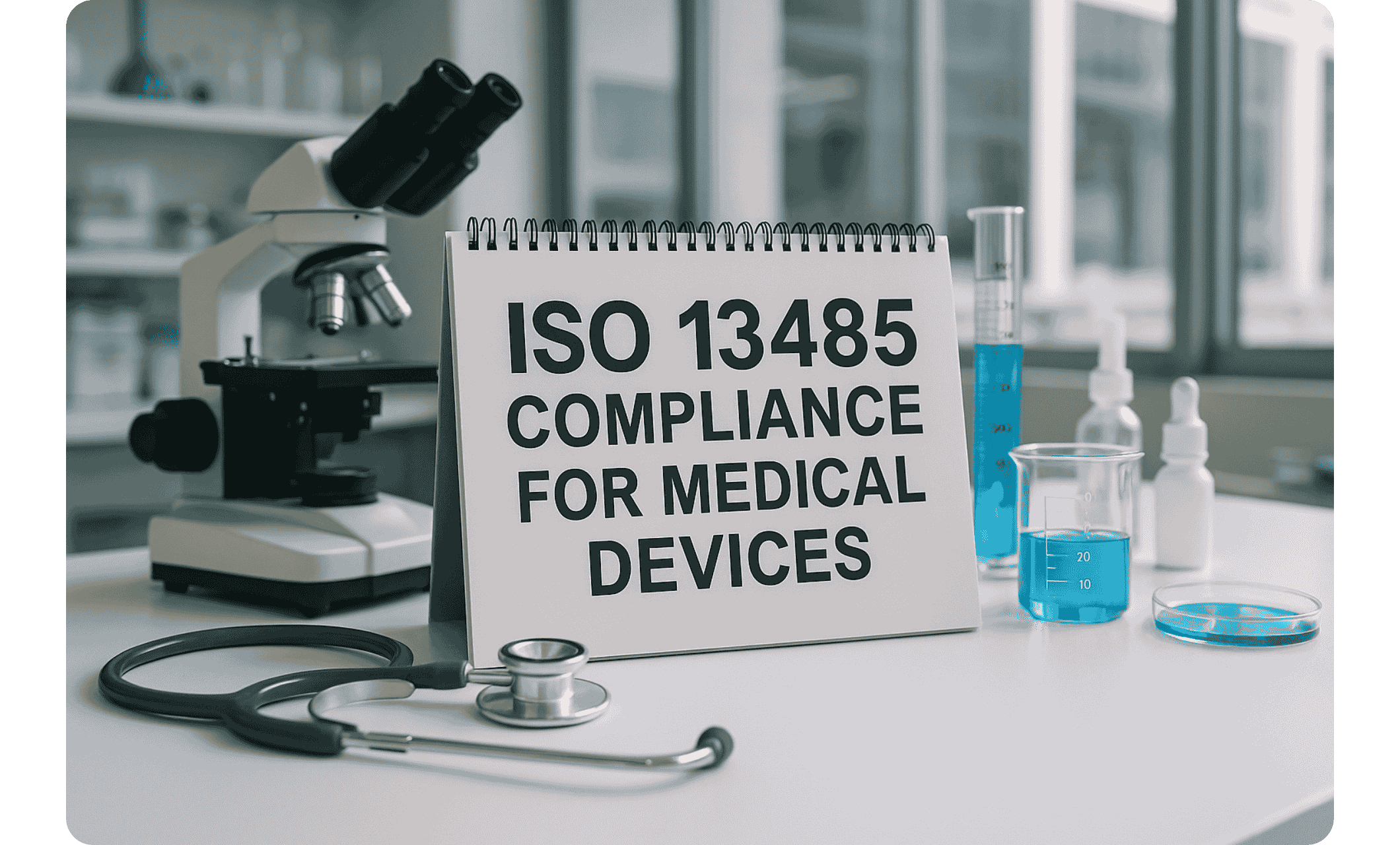
What is ISO 13485?
ISO 13485 compliance refers to adherence to the international standard ISO 13485, which specifies the requirements for a quality management system (QMS) specifically tailored to the medical device industry. Initially introduced in 1996 and most recently revised in 2016, ISO 13485 is based on ISO 9001 but with additional regulatory requirements unique to healthcare.
The standard focuses on ensuring medical devices and related services consistently meet customer and regulatory expectations. Unlike ISO 9001, ISO 13485 emphasizes risk management and design control during product development, stringent documentation procedures, and maintaining effective processes throughout the product lifecycle—including post-market surveillance.
How AI Is Transforming ISO 13485 Compliance
Manual compliance management is slow, error-prone, and costly. AI helps organizations not just meet compliance—but stay ahead of it.
Here’s how AI accelerates ISO 13485 compliance:
- AI-powered process mining detects bottlenecks in QMS workflows.
- Natural language processing extracts insights from audit reports, nonconformance records, and supplier documents.
- Predictive analytics flag high-risk deviations and prevent regulatory issues.
- Smart forms and dynamic workflows streamline document control, training records, and SOP approvals.
By embedding AI into compliance frameworks, companies improve audit readiness, reduce manual errors, and stay aligned with evolving regulations.


Why ISO 13485 Compliance Matters
Global medical device regulations are increasingly harmonized, and ISO 13485 has become the de facto benchmark for proving compliance. For example:
- In Europe, ISO 13485 is aligned with the Medical Device Regulation (MDR) and In Vitro Diagnostic Regulation (IVDR).
- Healthcare and Pharma: where patient safety and data quality matter.
- In Canada, ISO 13485 certification is a requirement for licensing Class II, III, and IV medical devices.
Bottom line: ISO 13485 certification is not just a box-ticking exercise—it's a license to operate in global markets. More importantly, it’s a proactive framework for reducing product recalls, mitigating patient harm, and enhancing clinical outcomes.
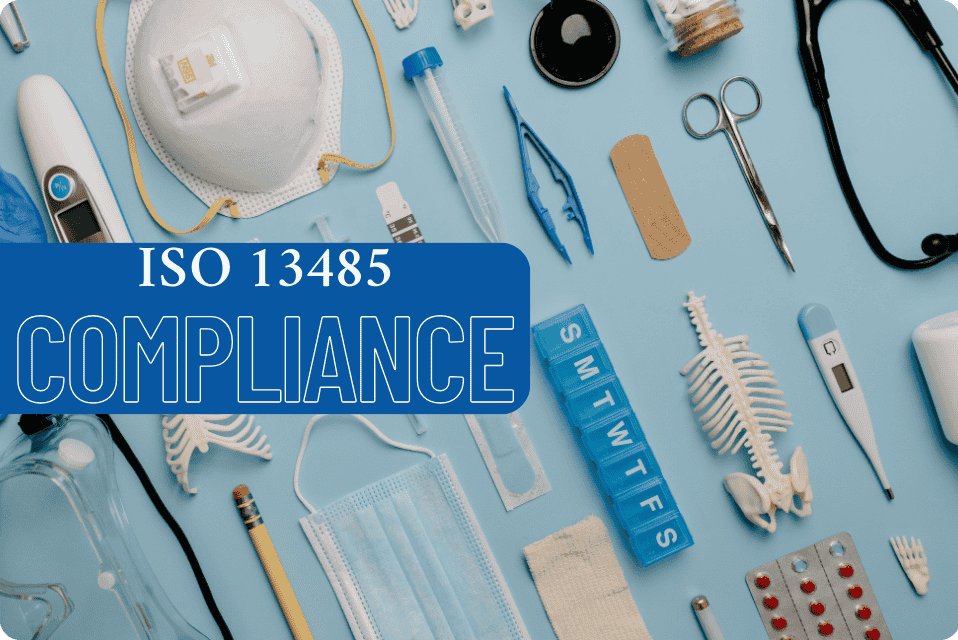

Who Needs to Comply with ISO 13485?
ISO 13485 applies to a broad set of organizations across the medical device supply chain:
- Original Equipment Manufacturers (OEMs)
- Suppliers of components and materials
- Contract sterilization and packaging services
- Developers of software used as a medical device (SaMD)
- Regulatory consultants and authorized representatives


Real-World Use Case: ISO 13485 in Action
Company: MedTech Innovators Inc.
Challenge: This mid-sized Canadian firm develops Class III cardiovascular devices. It needed to access the European market but lacked structured documentation and traceability for its R&D processes.
Solution: By adopting ISO 13485 with the support of Interfacing’s Digital Business Platform, the company:
- Conducted a full gap analysis against the ISO 13485 clauses
- Used process modeling to map product development stages
- Integrated AI to auto-flag non-conformities and document revisions
- Passed a third-party audit within nine months
- Achieved CE marking and expanded sales across the EU
Impact: Post-certification, MedTech Innovators reduced audit preparation time by 60%, and their quality incident rate dropped by 35% in the first year.
Key ISO 13485 Requirements
Some of the main areas covered by the standard include:
- Document Control: Maintain consistent, up-to-date procedures and records.
- Risk Management: Address risks throughout the product lifecycle—from design to decommissioning.
- Validation: Ensure all processes (especially software and sterilization) are validated and traceable.
- Supplier Quality: Evaluate and monitor vendors against compliance criteria.
- Corrective and Preventive Actions (CAPA): Track nonconformities and implement data-driven improvements.
- Post-Market Surveillance: Collect and analyze field data to drive product refinements.
Steps to ISO 13485 Certification
Achieving ISO 13485 certification involves a series of structured phases designed to help your organization align with international regulatory expectations and quality management best practices. Below are the key stages in the certification journey:
-
Conduct a Gap Analysis
Evaluate your current processes, documentation, and systems against ISO 13485 requirements. Identify missing elements and weak points in your QMS. Interfacing’s platform provides AI-powered diagnostic tools to map your existing state to ISO clauses for faster insights. -
Define Scope and Objectives
Determine the boundaries of your QMS (e.g., which products, facilities, departments are included) and establish quality objectives aligned with both regulatory and business goals. -
Process Mapping and Documentation
Document your quality-related processes, policies, and procedures in a format that’s clear, consistent, and traceable. Use Interfacing’s visual process modeling tools to ensure alignment with ISO clauses, minimize interpretation errors, and enhance audit readiness. -
Implement Controls and Assign Roles
Put controls in place to manage change, risk, suppliers, CAPA, and training. Assign clear responsibilities across your teams to ensure ownership and traceability throughout the lifecycle of a medical device. -
Employee Training and System Deployment
Train your staff on new or revised procedures. Ensure that your QMS is not just documented but fully implemented and actively used across the organization. Interfacing enables training logs, SOP management, and knowledge verification workflows. -
Perform Internal Audits and Corrective Actions
Conduct internal audits to assess QMS performance and identify nonconformities. Document findings and implement corrective/preventive actions (CAPA). Interfacing automates audit trails and connects CAPA tasks to process flows and performance dashboards. -
Management Review
Senior leadership must evaluate the performance and suitability of the QMS. This includes reviewing audit results, customer feedback, risk metrics, and CAPA effectiveness. Use Interfacing’s dynamic dashboards to centralize reporting and support informed decision-making. -
Engage an Accredited Certification Body
Choose an ISO 13485-accredited registrar (such as BSI, TÜV SÜD, or SGS) to conduct the external certification audit. This typically occurs in two stages: a documentation review (Stage 1) and a full audit of processes and evidence (Stage 2). -
Achieve Certification
Upon successful completion of the audit, your organization will receive an ISO 13485 certificate—typically valid for three years, with annual surveillance audits required to maintain it. -
Maintain and Improve
ISO 13485 isn’t a one-time project—it’s an ongoing commitment. Leverage AI and process analytics to continuously monitor performance, respond to changes, and stay audit-ready at all times.
How Interfacing Helps with ISO 13485
Interfacing’s Digital Business Platform is purpose-built to support ISO 13485 compliance for medical device organizations. Our tools help unify quality, risk, and regulatory functions across the enterprise.
What we offer:
Gap analysis tools mapped directly to ISO 13485 clauses
Visual process modeling and document lifecycle control
Automated audit trails, versioning, and electronic signatures
AI-suggested corrective actions and process optimizations
Integrated dashboards for real-time compliance tracking
With Interfacing, your compliance system doesn’t just check the box—it becomes a strategic advantage.
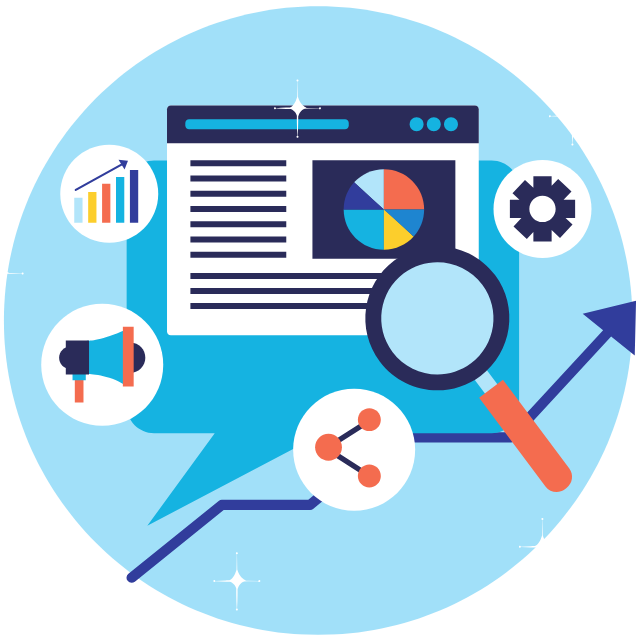
Ensure Process & Quality Governance
Interfacing’s Enterprise Process Center® (EPC) allows you to define, document, and enforce ISO 9001 quality controls organization-wide. Policies, procedures, and SOPs are directly tied to processes and roles—ensuring your QMS is embedded in everyday operations with full transparency. .

Eliminate Manual Errors with AI-Driven QMS
Standardizing documentation and workflows within EPC removes the need for spreadsheets and disconnected systems. Our AI flags outdated procedures, suggests process improvements, and helps maintain version control—reducing the risk of non-compliance and audit issues.

Gain Full Audit Readiness & Traceability
EPC provides real-time traceability across all quality processes—from document approvals to CAPA workflows. With automated audit trails and visual process maps, you’re always ready for certification audits and internal reviews, no last-minute scrambling required

Improve Operational Efficiency Without Sacrificing Compliance
Interfacing’s QMS automates routine tasks such as change control, training sign-offs, and document updates. This not only frees up valuable staff time, but also ensures consistent adherence to ISO 9001 guidelines across all departments and geographies.

Reduce the Cost of Quality Compliance
With centralized process governance and AI-enhanced workflows, EPC reduces the overhead of maintaining your QMS. From smarter audit prep to fewer non-conformities, organizations save time, cut errors, and accelerate their path to ISO 9001 certification.

Build a Culture of Continuous Improvement
ISO 9001 is about more than passing audits—it’s about evolving your organization. Interfacing’s platform helps identify quality gaps, track corrective actions, and promote ongoing learning and accountability—turning compliance into a competitive advantage.
¿Por qué elegir Interfacing?
Con más de dos décadas de experiencia en software de IA, Calidad, Procesos y Cumplimiento, Interfacing sigue siendo líder en el sector. Hasta la fecha, ha prestado servicio a más de 500 empresas de talla mundial y consultoras de gestión de todas las industrias y sectores. Seguimos ofreciendo soluciones digitales, en la nube y de IA que permiten a las organizaciones mejorar, controlar y agilizar sus procesos, al tiempo que alivian la carga de los programas de cumplimiento normativo y gestión de la calidad.
Para obtener más información o hablar sobre cómo Interfacing puede ayudar a su organización, rellene el siguiente formulario.

Documentación: Impulsando la Transformación, Gobernanza y Control
• Obtenga información integral en tiempo real sobre sus operaciones.
• Mejore la gobernanza, eficiencia y cumplimiento.
• Garantice la alineación fluida con los estándares regulatorios.

eQMS: Automatización de flujos de trabajo y reportes de calidad y cumplimiento
• Simplifique la gestión de calidad con flujos de trabajo automatizados y monitoreo..
• Optimice CAPA, auditorías de proveedores, capacitaciones y flujos relacionados..
• Transforme la documentación en información procesable para Calidad 4.0.
.

Desarrollo rápido de aplicaciones low-code: Acelerando la transformación digital
• Cree aplicaciones personalizadas y escalables de forma ágil.
• Reduzca el tiempo y costo de desarrollo.
• Adáptese rápidamente y manténgase ágil frente a las necesidades cambiantes de clientes y negocios.

¡IA para transformar su negocio!
Las herramientas impulsadas por IA están diseñadas para optimizar operaciones, mejorar el cumplimiento y fomentar el crecimiento sostenible. Descubra cómo la IA puede:
• Responder a las consultas de los empleados.
• Transformar videos en procesos.
• Formular recomendaciones sobre el impacto de la regulación y la mejora de los procesos
• Generar formularios electrónicos, procesos, riesgos, regulaciones, KPIs y mucho más.
• Desglosar estándares regulatorios en requisitos desagregados.

Request Free Demo
Document, analyze, improve, digitize and monitor your business processes, risks, regulatory requirements and performance indicators within Interfacing’s Digital Twin integrated management system the Enterprise Process Center®!
Con la confianza de Clientes en todo el mundo
Más de 400+ empresas y consultoras de gestión de talla mundial




















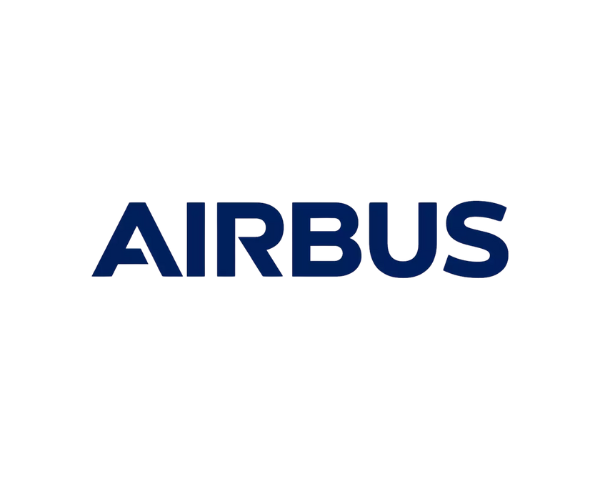
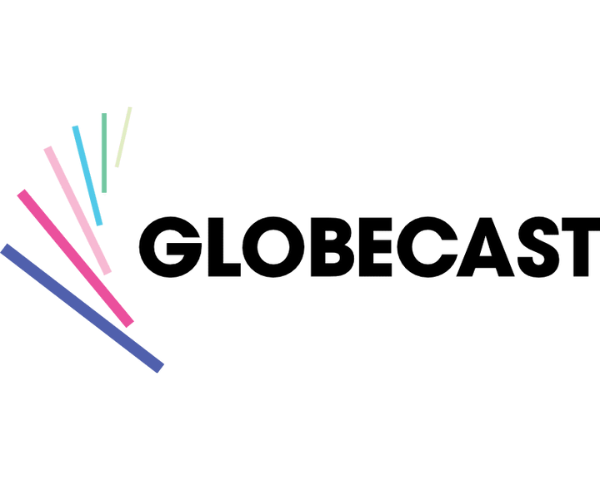
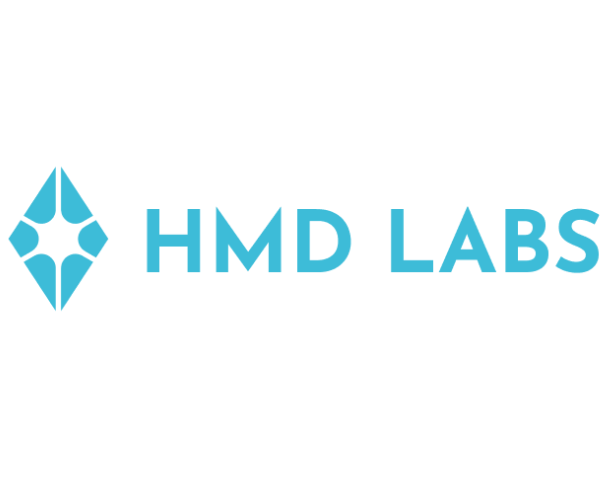
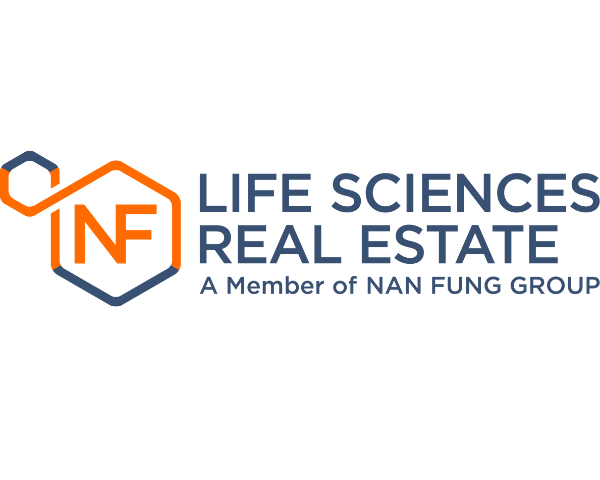
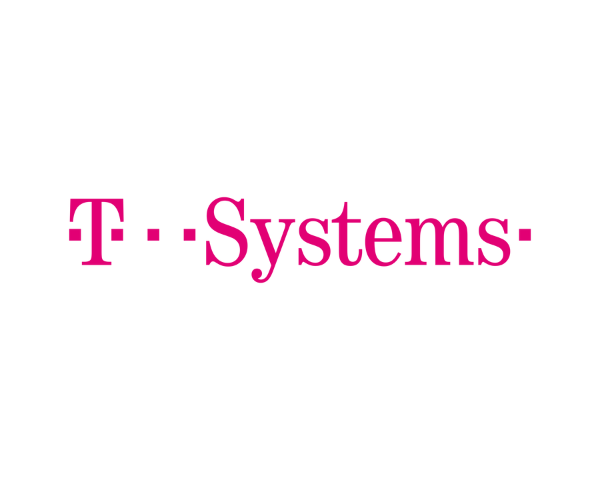
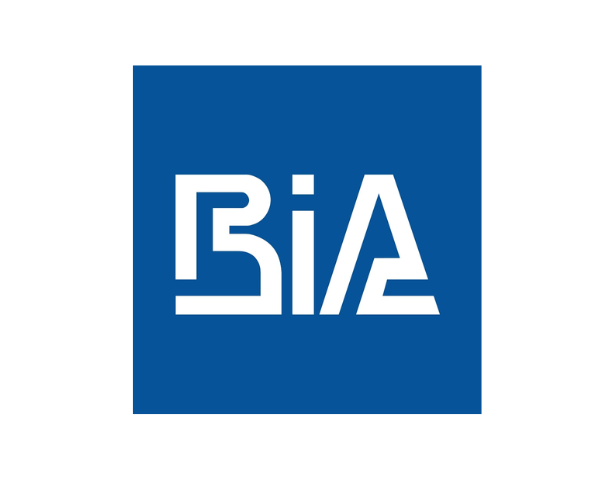
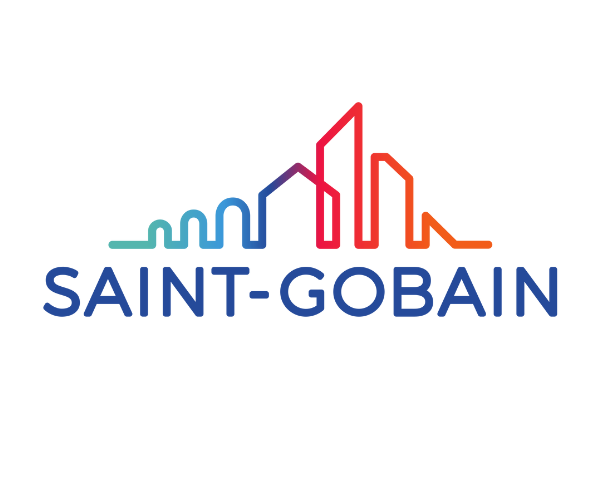

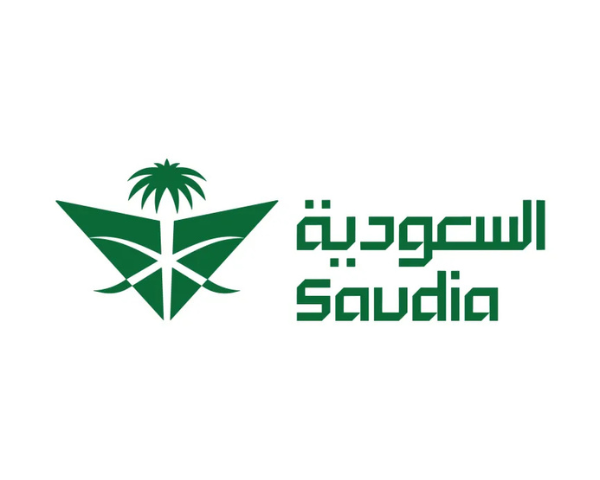






















Integración
Con la confianza de Clientes en todo el mundo Integración
Más de 400+ empresas y consultoras de gestión de talla mundial



























